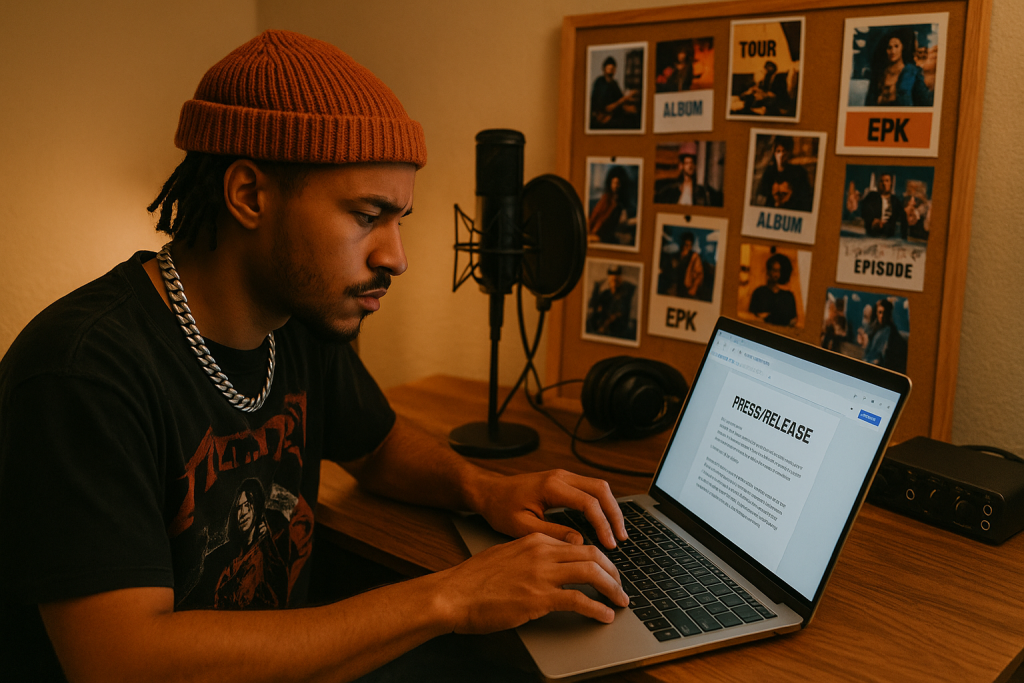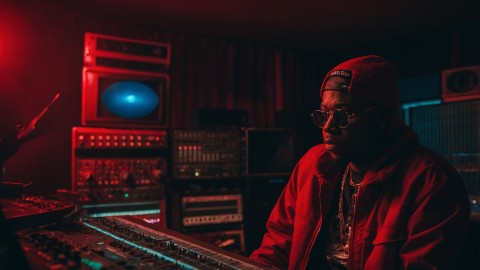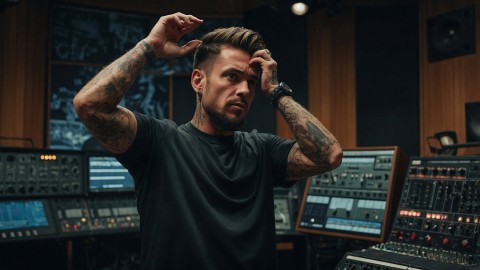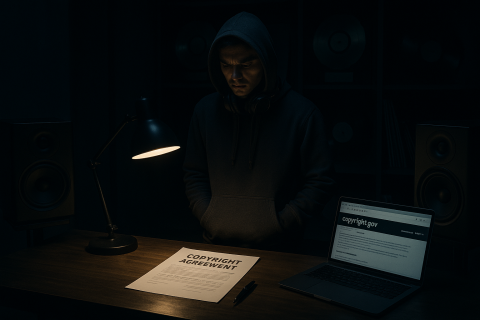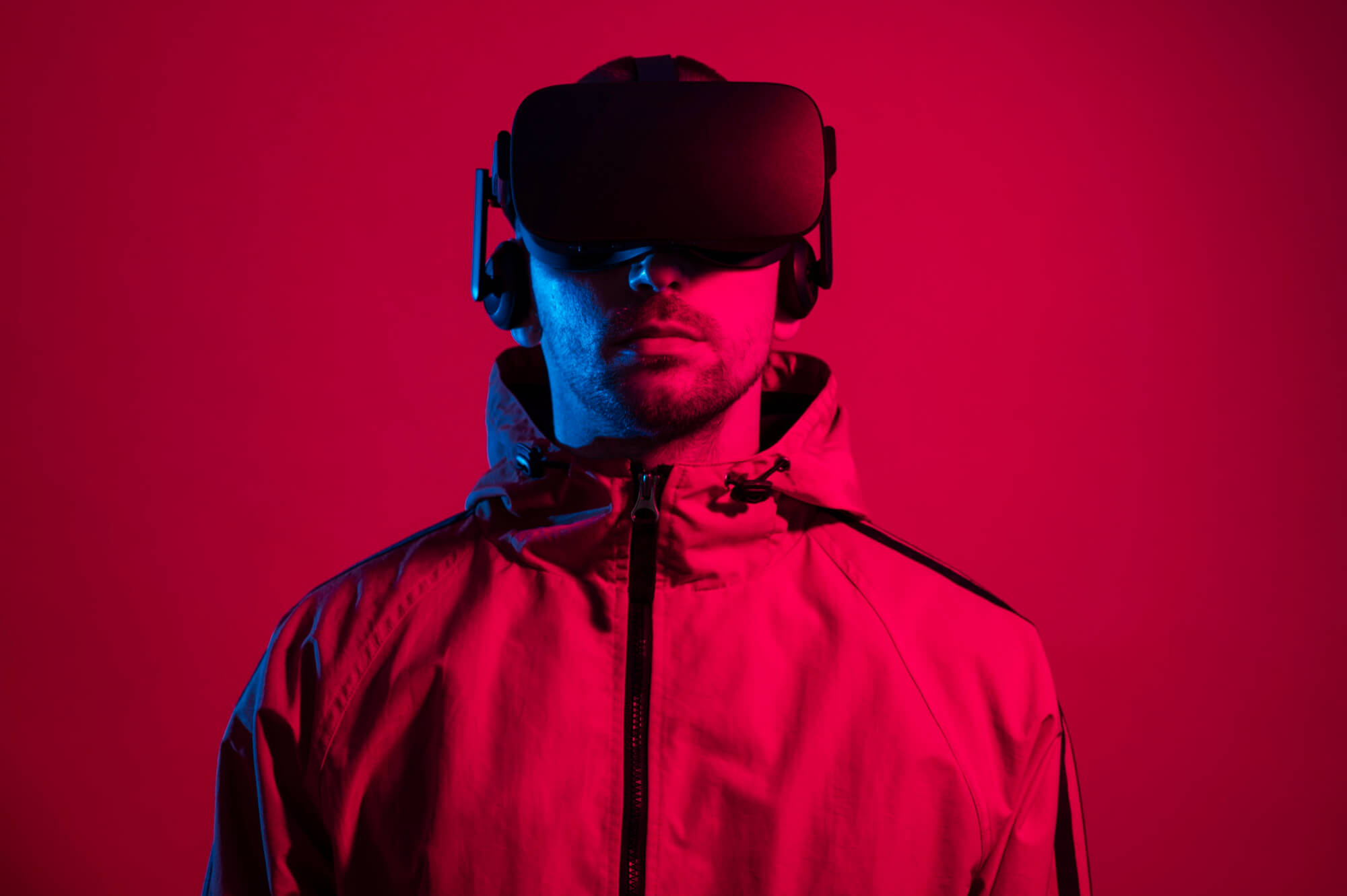Cut through the noise and get the media’s attention—without a PR firm.
As an independent artist, getting press can feel like chasing ghosts. You send your music out. You follow all the “rules.” And still—no responses.
The truth? Most press releases fail because they sound robotic, lack a compelling story, or don’t connect with what journalists actually want. But with the right approach, you can write a press release that not only gets opened—but actually gets picked up, featured, and shared.
This blog will teach you how to write a press release that works. Whether you’re announcing a new single, album, tour, or brand collaboration, you’ll walk away with the tools to make media care about your story.
🎯 What Is a Press Release (and Why Should Indie Artists Use Them)?
A press release is a short, formal announcement you send to media outlets, blogs, and journalists. It’s designed to give them the facts fast—and show them why your story is newsworthy.
A good press release helps you:
- Get features on music blogs and local media
- Build credibility and Google presence
- Create backlinks to your website
- Increase streams, follows, and brand awareness
Even better? It’s free to write and can be pitched to dozens of outlets with a single email.
🧠 Before You Write: What Makes Something Newsworthy?
Most artists blast out generic updates like:
“Check out my new single! Out now on Spotify!”
That’s not news. That’s a promo.
Instead, ask yourself:
- What’s the story behind this release?
- Is there a unique angle, message, or timing element?
- What makes this relevant to the media outlet’s audience?
Newsworthy angles might include:
- A song inspired by a recent event or local issue
- A collaboration with another rising artist
- A milestone: 1M streams, tour launch, merch drop, sync placement
- A campaign tied to a cause or community project
- A “first” (debut album, hometown performance, etc.)
✍️ Anatomy of a Great Press Release
Here’s a basic structure that works for music artists:
1. Headline
Your headline should be clear, concise, and intriguing.
Example:
Atlanta Rapper Jayse Releases “No Apologies,” a Powerful Anthem for Mental Health Awareness Month
Avoid hype. Think clarity + hook.
2. Subheadline (Optional)
One sentence to support your headline with extra context.
Example:
The track blends trap beats with spoken word poetry, drawing from Jayse’s personal journey with anxiety.
3. Dateline
This includes the location and date at the start of your first paragraph.
Example:
ATLANTA, GA – July 20, 2025 –
4. Lead Paragraph (The What + Why)
In 2–3 lines, explain what you’re announcing and why it matters.
Example:
Rising Atlanta-based artist Jayse has released a powerful new single, “No Apologies,” to mark Mental Health Awareness Month. The song reflects his personal battles with anxiety and aims to inspire open dialogue in hip-hop culture.
5. Body Paragraphs (The Story)
Use the next 2–3 paragraphs to expand on:
- What inspired the song/project
- Who was involved (producer, collab, label)
- Any relevant data: views, streams, viral traction
- Quotes from you or a collaborator
Example:
“I grew up in a space where emotions weren’t talked about,” Jayse explains. “This song is for every kid who felt like they had to bottle it up.”
You can also include:
- Release date
- Platforms it’s available on
- Links to visuals or press kit
6. Boilerplate (About You)
At the end, include a short artist bio—your “about me” paragraph.
Example:
Jayse is a rising independent hip-hop artist based in Atlanta, GA. Known for his emotionally raw lyrics and genre-blending style, Jayse has amassed over 500K streams on Spotify and performed at local festivals including A3C and Music Midtown.
7. Contact Info
Make it easy for the journalist to reach you or your manager.
Example:
Media Contact:
Jayse Music
[email protected]
Instagram: @jaysemusic
📬 Where to Send Your Press Release
Once written, you’ll want to pitch your release via email to:
- Niche music blogs in your genre
- Local newspapers or alt-weeklies
- Campus publications
- Community radio stations
- Online indie music platforms (like EARMILK, Lyrical Lemonade, This Song Is Sick)
Use tools like:
- SubmitHub (for paid submissions)
- Indie media directories
- Or search “[Your genre] music blog submissions”
Build a pitch list of 20–30 outlets that align with your sound and message.
📨 Pitching Tips: The Subject Line & Email Body Matter
Most artists make this mistake: they copy-paste the press release into the body and call it a day.
Instead, write a custom email like this:
Subject Line:
“Press: [Artist Name] Drops Emotional Mental Health Anthem ‘No Apologies’ (For Coverage)”
Email Body:
Hey [Blogger Name],
I’m reaching out to share my new single, “No Apologies,” released for Mental Health Awareness Month. It’s a vulnerable track about my journey with anxiety and healing—and I think it may resonate with your readers.
You can stream it here: [Link]
I’ve attached a full press release below. Thanks for checking it out. Let me know if you’d like an interview, photos, or anything else.
Best,
Jayse
[email protected]
🧩 Bonus Tips to Stand Out
- Use visuals: Include a link to your EPK or a press photo
- Avoid spammy formatting: Keep it clean, no bright colors or fonts
- Follow up: If no response in 5–7 days, send a polite check-in
- Don’t mass-send with BCC: Personalize every email
✅ Press Release Checklist
Before you hit send, confirm:
✔️ Compelling headline
✔️ Clear and newsworthy angle
✔️ Easy-to-read formatting
✔️ At least one quote
✔️ Your artist bio
✔️ Contact info and streaming links
✔️ No typos or passive voice
📈 What Happens After You Send It?
If your story gets picked up:
- Share it everywhere: Tag the outlet, repost, and add it to your press kit
- Build relationships: Thank the writer and keep in touch for future releases
- Update your EPK: A single blog feature improves your media credibility
If it doesn’t get picked up:
- Use the press release as a blog post
- Break it into social media captions
- Turn the quotes into a captioned Reels or TikTok
Nothing is wasted. It’s content either way.
Final Thoughts
Writing a press release isn’t about being corporate. It’s about telling your story in a way that makes others want to share it.
Your music deserves to be heard. But to get picked up by press, you’ve got to think like a publicist, not just an artist.
The good news? With the right formula, tools, and consistency—you don’t need a fancy PR team. You can pitch like a pro and get real results.
Need a plug-and-play press release template?
Let us know in the comments or reach out—we’ve got you covered.

